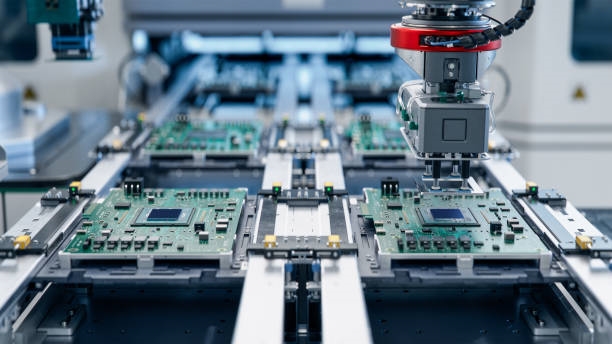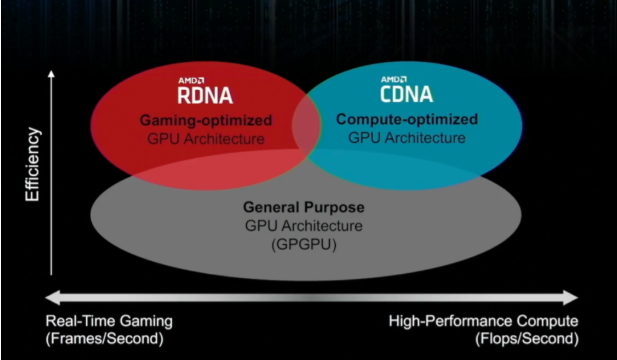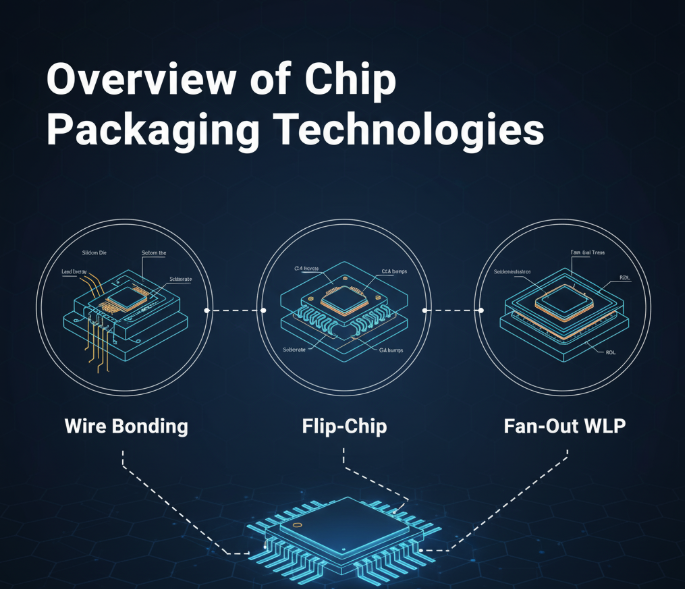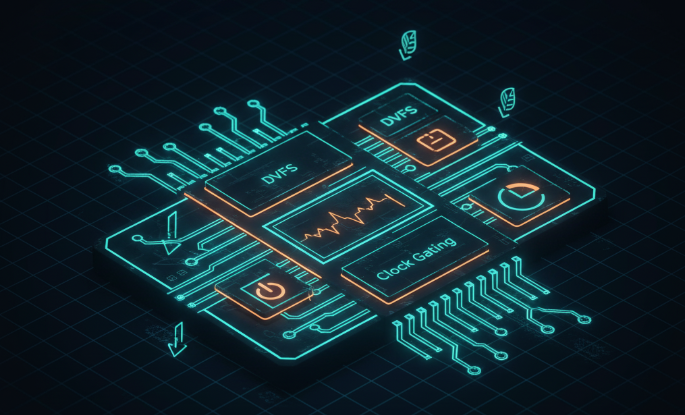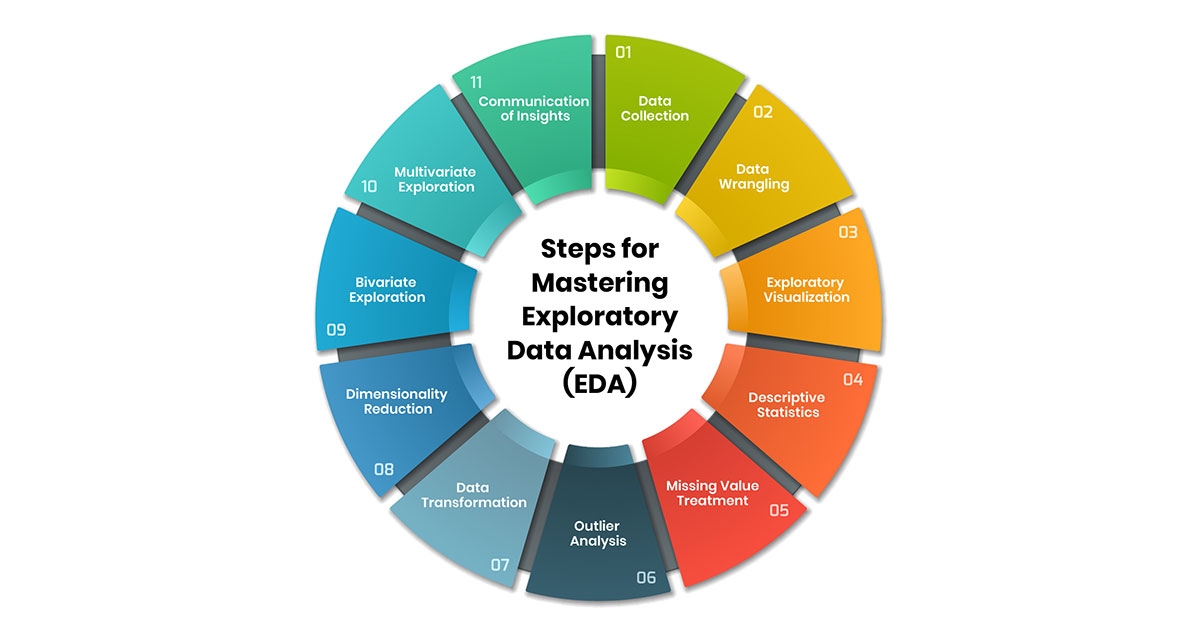Introduced in 1970 at Berkeley, SPICE has become a benchmark for integrated circuit simulation, earning the IEEE's 2011 Milestone Award in Electrical Engineering and Computing. This tool enables component modeling and behavior simulation, empowering engineers, including chip designers and system developers, to prototype, iterate, and optimize designs before costly hardware builds. Simulation accelerates performance analysis, reducing resource-intensive processes and enhancing project success.
Addressing Design Complexity
Despite advancements in simulation tools, engineers face growing challenges. Global expectations for innovation in electronics and semiconductors drive system complexity, with rising performance demands, shrinking design margins, and tighter time-to-market pressures. Power design, in particular, is shifting toward advanced architectures, including efficient topologies and digital power, requiring extensive digital simulations, often leveraging AI, to manage complex power and RF tasks.
Simulation Tool Enhancements
Improved desktop computing power, including high-density SSDs, faster processors, and GPUs, has enhanced simulator performance. Heterogeneous processing, now an industry trend, accelerates SPICE data rendering by up to 100,000 times, enabling rapid, accurate waveform displays. Previously unattainable, detailed rendering of every data point is now feasible.
Simulation tools have also seen intrinsic upgrades. SPICE modeling engines now offer higher accuracy and improved power and analog simulation capabilities. QSPICE, developed by Qorvo, addresses errors in earlier SPICE code that caused discontinuities in semiconductor I-V curves, ensuring more accurate and reliable simulations¡ªa critical step toward faster, dependable results.
Advanced Digital Capabilities
QSPICE excels in simulating large-scale digital circuits, supporting schematic capture, compilation, and execution of digital code. Unlike traditional SPICE tools focused solely on analog circuits, QSPICE integrates Verilog or C++ compilation, enabling simultaneous high-speed digital and analog simulations with a single click.
This capability addresses AI and ML application challenges. Engineers can compile RISC-V processor code in QSPICE, load TinyML algorithms, and simulate them alongside motor drivers and models, synchronizing analog simulations. For battery charging systems, QSPICE simulates battery models and ML algorithms, eliminating the need for physical testbeds and simplifying complex experiments.
Time-step control further enhances power electronics simulation, accurately capturing fast-switching events, nonlinearities, and dynamic behaviors. It adjusts to smaller intervals during critical events to analyze transient responses, noise, or ripple effects, while larger steps in slower periods reduce computational costs, balancing precision and efficiency.
Meeting Precision Demands
As systems grow more complex, precise analysis becomes critical, particularly for power consumption. Power impacts electric vehicle range, cordless tool runtime, and renewable energy costs. With devices operating at nanoamp levels, achieving both accuracy and adequate resolution poses significant challenges.
Realistic Simulations
Engineers seek simulation results that closely mirror reality, a goal tool developers continually pursue. QSPICE achieves high-speed digital simulations by compiling Verilog or C++ into native desktop processor code, minimizing demands on storage and execution time.
Conclusion
Circuit simulation has advanced significantly, yet it chases an ever-evolving target. Faster, more efficient processors improve modeling, while large-scale digital simulation and SPICE engine enhancements enable tools like QSPICE to support cutting-edge projects in power conversion, electric vehicles, and AI.
 ALLPCB
ALLPCB



